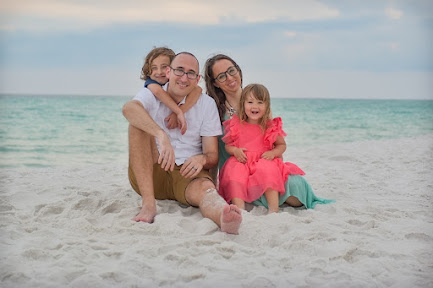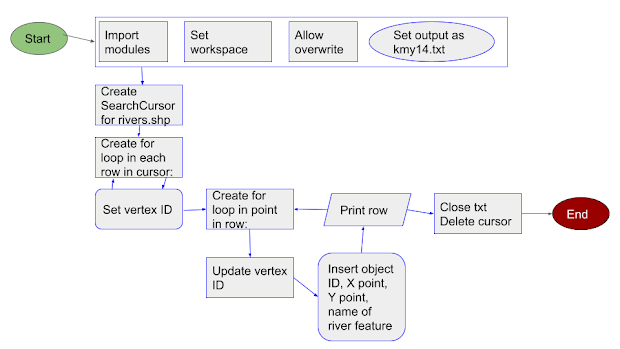Welcome to Applications in GIS

My name is Kelsey Yoder-Ostroski and I am a new(er) student in the world of GIS. This is my sixth class in UWF's GIS Admin graduate program as a full-time student. At the moment I am a caregiver to our kids but I also do volunteer work with a nonprofit providing support to local parents. We are a military family; we have lived in the Navarre area for 3.5 years and are preparing to move to Germany this fall. I'm not ready for the cold! I am originally from Texas so I love the heat, but we can't wait to see everything Germany and its neighbors have to offer. In my free time, I enjoy learning German, baking (mostly breads), or doing home improvement projects. I have a weakness for cookies and power tools. I am pursuing a master's in GIS business administration because I love how applicable and versatile it is. It literally encompasses every topic on Earth from the land to its resources and to all of history. I'm not 100% sure what I will do after graduating but I am ...


